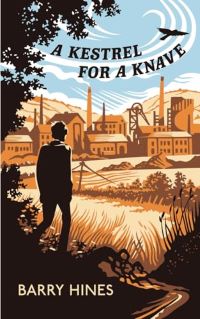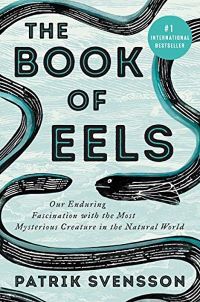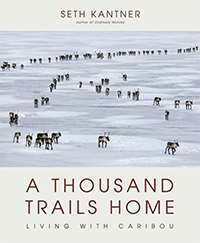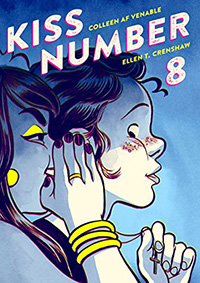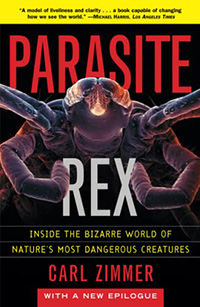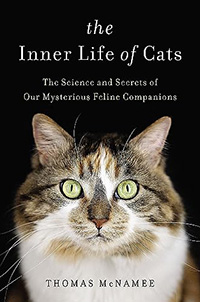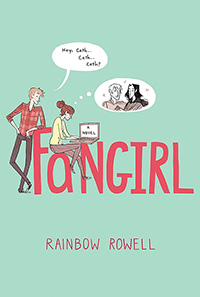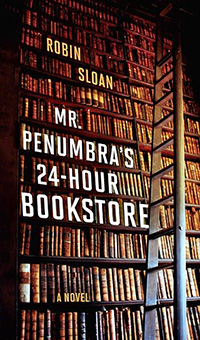This is the book I long wanted to read, fictional story by the brother of Robert Hines, with the details of hawking closely based on what the younger brother had experienced as a boy. It was a bit slow for me to get into (in spite of being a relatively slim book) but then some scenes started to really get me with the emotions, and when the passages describing Billy’s work with the kestrel appeared, I knew I would hold onto this book forever. I can well see why it’s considered a classic in the UK.
Story is about Billy Casper, a boy growing up in poverty in a mining town. His mother is hardly ever home, his older brother works in the pit -and bullies him when he isn’t down there- his father is an unknown entity, having disappeared early in his life. Billy isn’t a bad kid at heart, but he is thought of as a troublemaker, messing around as kids always do. Smaller than the others (I was surprised when finally learned from one small comment dropped by an adult that he was fifteen!) he gets picked on at school- a place that sounds dull and tedious, with exasperated teachers that often thump (literally) the kids. At home there’s hardly ever enough to eat, and it’s often cold and uncomfortable. But there’s one part of Billy’s life that shines and brings out a softer side of his nature- being out tramping around in the wild overgrown places on the edges of town, then later caring for and working with a kestrel fledgling that he steals from a nest. He teaches himself from a book, how to train and fly it to a lure. When the class has to share a real-life story, he tells about his hawk, and for once everyone listens in fascination. One of his teachers starts to take a particular interest in what he’s doing with the hawk. But sadly, when he’s interviewed for job possibilities, he never brings up his interest in and skills with animals- even though from some other dropped comments it’s apparent that long before the hawk he raised fox kits, magpies, crows, and more. He simply thinks nobody would value that at all. Two parts of this book really got to me emotionally- one where another kid in class tells about an incident collecting tadpoles with a friend, made me laugh so hard and then I had to read it aloud all over again to my twelve-year-old (who thought it was great). The other passage was about when Billy had to write his own short fiction for an assignment- a “tall tale”- some wild imaginative fantasy. He wrote simply about waking up in a warm house, having plenty of good food to eat, and a loving family around him. It practically made me cry. The ending is terribly sad too, when Billy’s rocky relationship with his older brother takes a disastrous turn- he fails to do something his brother asked, loosing him some money as a result, and the older brother strikes out at the only thing he knows Billy really cares about. The little falcon.
I’m so glad I read this. And also glad that I saw the closely related film not that long ago. For once I appreciated that the film already put images in my head- it was made in the same town where the author and his brother lived- and it was so faithfully depicted, following the story very closely (except I don’t remember the tadpole scene being in the film. Disappointing!) However I kind of wish I’d read the book first, as I recall struggling to understand and follow the dialog when I watched the film. I’m sure there were plenty of scenes where I really didn’t know what anybody said just vaguely followed what was happening- whereas in the book it was very clear, even with a lot of local vernacular that I just skipped over, reading in context. (When I re-read this one someday -which I’m sure I will- I want to note down all those unknown terms and look them up to see if my guesses were correct).
In tone and depiction, something about this book reminded me of Stephen Hero, by James Joyce. Which I haven’t read in so long it isn’t even on this blog- but now I want to again, to see where that glimmer of familiarity came from.
